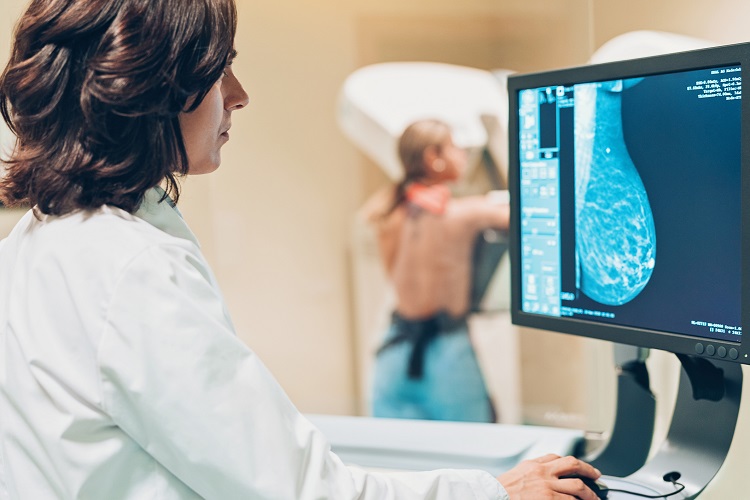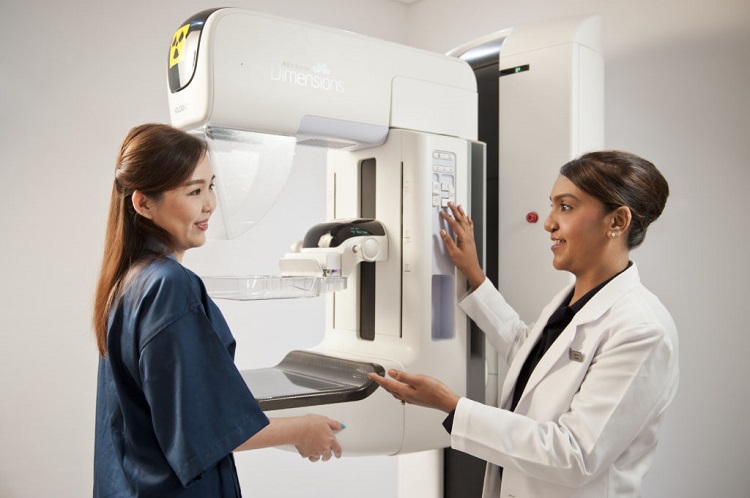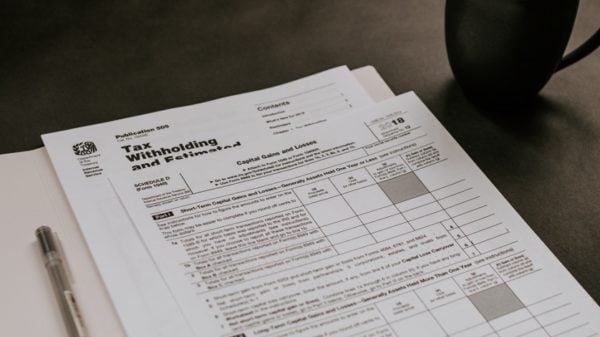Breast cancer is the second most common caused of death for American women. It is estimated that one in thirty-nine women, or about 36 percent of American women, will die due to breast cancer. Due to these statistics, it is estimated that before 2021 ends, there will be 281,550 newly diagnosed cases of breast cancer, and about 43,600 women will die from it. Fortunately, breast cancer’s death rate for women older than fifty has been decreasing by 1 percent per year. This decrease in deaths is due to the early detection and treatment of the disease.
Survival Rates of Breast Cancer Patients
The survival rates of women diagnosed with breast cancer will ultimately depend on how quickly the cancer was spotted and how soon they underwent treatment. Five breast cancer stages depend on how far cancer has spread and how large it has grown. These stages are as follows:
• Stage 0. You do not detect any invasive cancer cells.
• Stage 1. The cancer is tiny and can be found localized to the breast. Stage 1 breast cancer can easily be detected through a mammogram.
• Stage 2. The size of cancer has grown above 2 cm and has spread to the lymph nodes.
• Stage 3 (regional). The cancer cells have spread to the nearby skin, chest wall, and multiple lymph nodes near the breast region.
• Stage 5 (distant). This stage is characterized by cancer cells that have already spread to the body’s distant organs, which include the bones, liver, and lungs.
Studies have shown that women diagnosed with breast cancer may survive up to 5, 10, or 30 years depending on how early the cancer was spotted. Studies have shown that women who spotted cancer at stage 0 to stage 2 will have a higher chance of surviving for 30 years or more if treatment to address the tumor started immediately after detection.

Mammograms are able to detect Stage 0 to 1 breast cancer
How to Spot Breast Cancer Early On
If you can spot breast cancer early, you will have a 98 percent survival rating. A mammogram is the screening test used by doctors to spot breast cancer while it is too small to detect by hand. While feeling your breasts for minor lumps is also a good way to determine tumors, this will only detect cancer already at stage 2.
Fortunately, the Affordable Care Act decrees that all women above forty and who have health plans may receive a free mammogram every year. However, there are certain guidelines to avail of this free mammogram. It would help if you did not have any symptoms of breast cancer. If you can already feel a lump in your breast regions, your mammogram will be considered part of the treatment already, and you must copay for the screening. Likewise, only mammogram screening is free. If the mammogram shows that you have breast cancer, you will need to copay for any treatments depending on your health plan.
So be vigilant about your health. If you qualify for it, find the nearest establishment that offers free mammograms for you.


































































